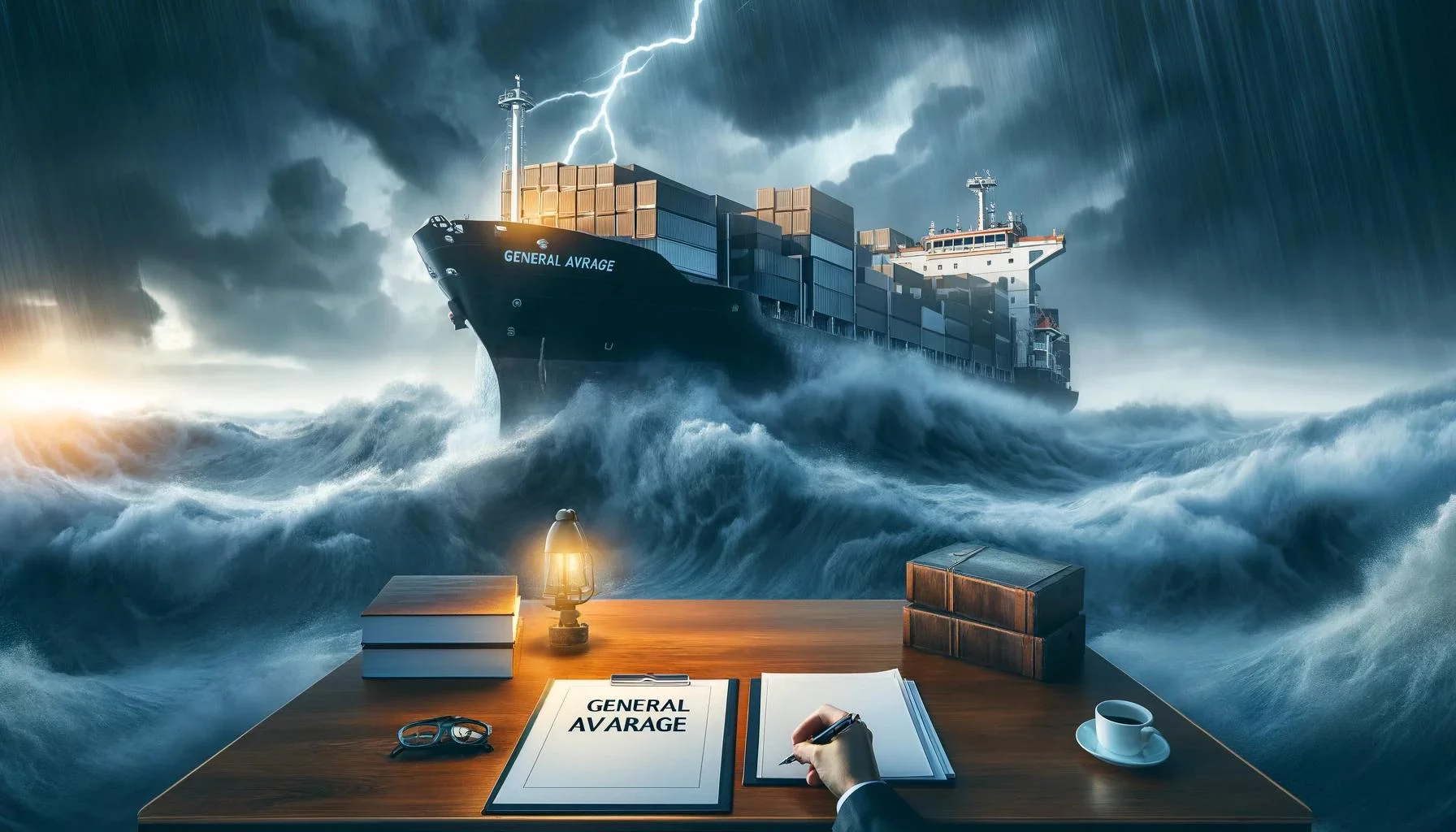Artificial intelligence (AI) is probably the most popular expression in recent years. However, it’s not just a chatbot that will help you text or generate funny, slightly odd graphics. AI is first and foremost an opportunity, but also a threat. Below, I will try to give an overview of what AI can bring to the yachting industry.
However, it is important to bear in mind that the issue of artificial intelligence in yachting, or the maritime industry more broadly, is so vast that it is only the tip of the iceberg.
For the time being, there is no broader regulation of the most autonomous units. However, we will look at this issue in future articles.
Yacht design – smart tools from the first dash
The process of designing a yacht is complex and requires many factors to be taken into account – from hull shape to aerodynamics to interior layout and materials. This is where artificial intelligence can speed up and simplify the whole process. AI-based tools can automatically generate preliminary designs and test hundreds of variants in a short period of time.
AI algorithms analyze data from previous projects, learning from mistakes to avoid problems in the early stages of the work. This gives designers more control over every detail and can make the design process faster and more precise. AI can also tailor designs to individual customer preferences, creating more personalized units.
Building a yacht – automating and optimizing processes
In the construction phase of a yacht, artificial intelligence can also significantly improve the entire process. AI-based systems can automate many tasks, such as material cutting or assembly, allowing for greater precision and faster project times. AI can also monitor the quality of work in real time and suggest corrections if something does not go according to plan.
With its resource management algorithms, AI can help optimize construction costs by selecting the most efficient materials and technologies, saving money for both the shipyard and future yacht owners.
Yacht operation – intelligent systems on board
The biggest changes thanks to artificial intelligence will be seen in the everyday operation of yachts. Autonomous navigation systems are already being developed, which in future will probably allow yachts to navigate the waters autonomously. AI can monitor weather conditions, the movement of other vessels and adjust the route, greatly increasing safety at sea.
The AI can also monitor the technical condition of the yacht in real time by analyzing data from various sensors. This allows owners and operators to prevent breakdowns before they occur. The systems can also plan yacht maintenance, based on the actual wear and tear of individual components, which will minimalise unexpected downtime.
Yacht fleet management – greater efficiency through AI
Artificial intelligence will also play a key role in yacht fleet management. For charter companies and fleet operators, AI can monitor the technical condition of each vessel, track service schedules and automatically plan the most efficient routes. This will minimalise downtime and ensure fleets are better utilized.
AI will also allow dynamic fleet management, adjusting yacht availability and charter prices according to season, location or demand. Such solutions will help companies optimize profits and be more responsive to customer needs, increasing competitiveness in the market.
The charter market – personalization and automation
In the charter market, artificial intelligence will revolutionize the yacht booking process. AI will be able to analyze customer preferences and suggest the most suitable vessels, itineraries and additional services. This will make each booking more customized.
Dynamic management of vessel availability will allow for more flexible price offers and personalization of services will become standard. Charter operators will be able to better monitor the use of yachts, which will minimalise the risk of breakdowns and improve the comfort and safety of cruises.
Yacht handling in and out of port
Artificial intelligence will also find applications in harbour operations. Automatic docking systems equipped with AI will allow precise manoeuvring in tight marinas, minimising the risk of collisions. This will enable yachts to dock autonomously, saving time and increasing safety in crowded harbours.
AI systems will also monitor the condition of the vessel while at berth, helping harbour operators and yacht owners to better manage service and maintenance. Automated systems will be able to predict when individual components need repair or replacement, which will extend the life of the vessel.
The future – autonomous yachts and sustainability
In the future, artificial intelligence could lead to fully autonomous yachts that can sail without a crew. Such vessels will be ideal for those seeking maximum comfort and safety, as well as for charter companies that want to offer new services to their clients. Perhaps this will make human service and the presence of a captain on board an even greater luxury.
However, it is important to bear in mind that vessels with the highest level of autonomy (the most autonomous), will also create new legal problems, but about that next time.
Summary
Artificial intelligence will transform the yachting industry at every stage – from design and construction, to operations, to fleet management and the charter market. With AI, yachts will become more advanced, safer and greener, and operators will be able to better manage fleets and optimize their operations. All this will translate into a more comfortable yacht experience and a better experience for customers. But is it the only thing?
However, as I have already indicated, this is just the tip of the iceberg. Especially from a legal angle. Changes to the decision-making structure will shift the burden of responsibility from water to land. How? More about that, coming soon.




